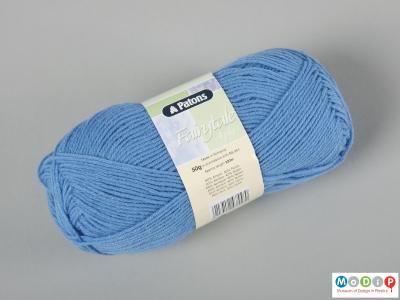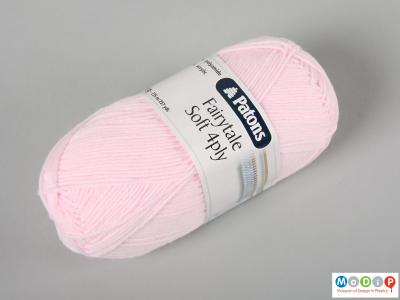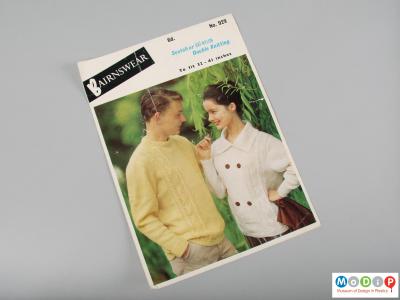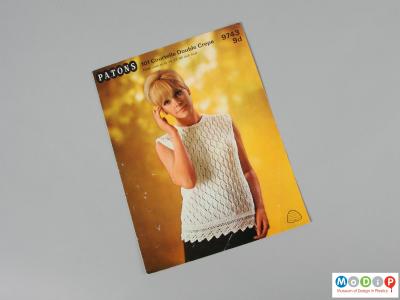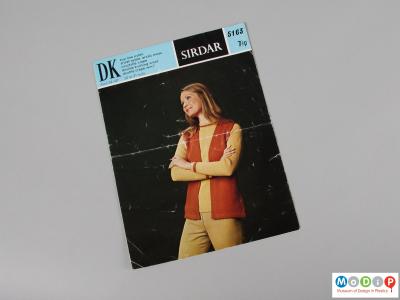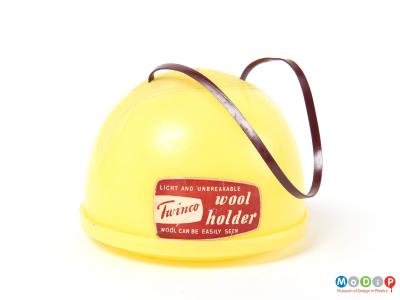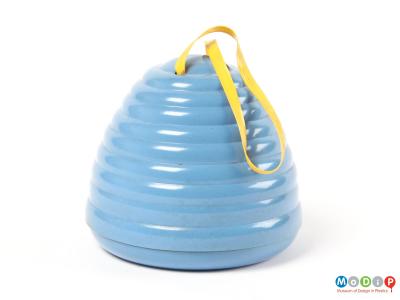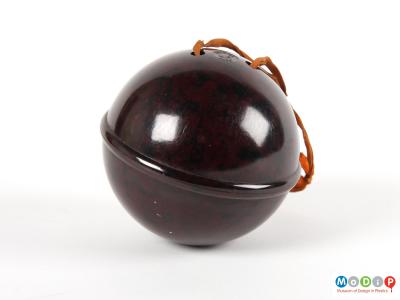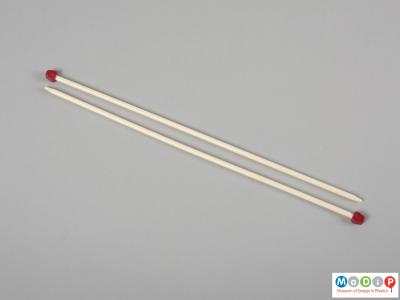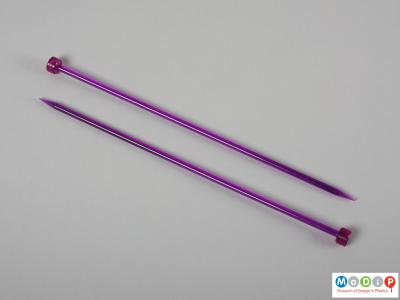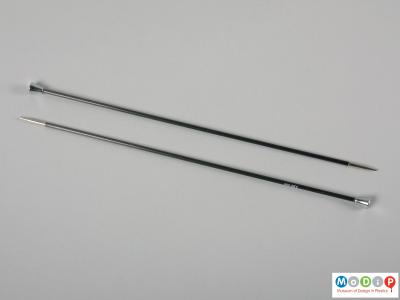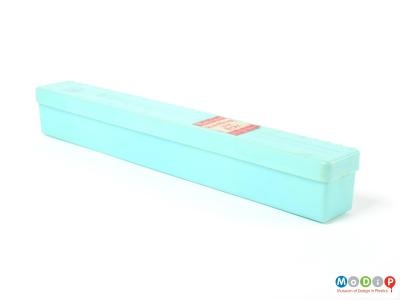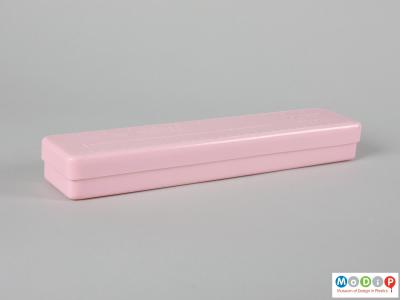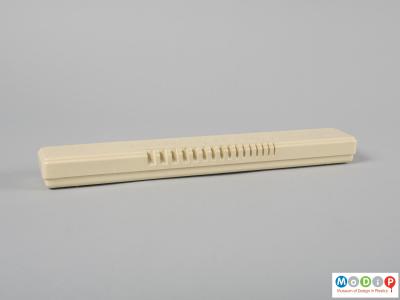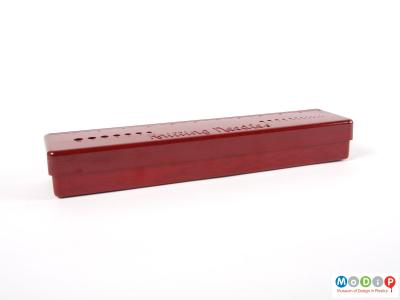For many years hand knitting at home was the only way to get warm clothes at an affordable price. However, the mechanisation of the production of yarns and knitted fabrics, and the introduction of ready-to-wear, factory produced fashions, meant that hand knitting evolved into a hobby.
This hobby had fallen out of favour, being seen as a distraction for grandmas and grannies, but today hand knitting has seen a resurgence of popularity as part of the handmade revolution.
Younger people, both men and women, have turned what was once a solitary hobby, a simple means to create clothing and accessories, into a social activity with knitting groups springing up in pubs and cafés across the world. This has spilled over into digital social media with the popularity of the website www.ravelry.com gaining over 5 million registered users worldwide since it was founded in 2007.
Different plastics play an important role in how yarn looks, feels, and wears. These balls contain a ratio of 60% acrylic and 40% nylon (1) and 45% acrylic with 55% nylon (2). The nylon portion of the yarn provides strength, stretch, and a lustrous look whilst the acrylic is easily washed, is quick to dry, and has a look of wool or cotton.
Patterns are written with a specific yarn in mind, these yarns, when knitted up will produce a fabric with specific characteristics. The weight of the yarn used will affect the way the garment hangs on the body. Plastics yarns are often lighter in weight and will hang and move differently to natural materials. These patterns (3 - 5) call for Courtelle, an acrylic produced by the Courtaulds company, or Bri-Nylon produced by the British Nylon Spinners, amongst others.
Whilst knitting, balls of yarn can roll around on the floor picking up dust and fluff. To stop this, the yarn can be housed in a yarn holder (6 - 8). These are containers, made of various materials, and have a hole through which the active yarn is threaded.
Knitting needles have been made from a number of materials including bone, ivory, woods, and metals. Each of these materials offers the knitter a different experience, some are warm to the touch, some are stiff, and others have flexibility.
Early plastic knitting needles were made of casein formaldehyde which is based on milk protein. These modern Australian needles (9) are made from the same material which is non-static, warm to touch, comfortable to hold and with a very smooth surface, making for fast effortless knitting.
When learning to knit, it is a good idea to start with some fun, cheap, lightweight needles. The KnitPro Trendz (10) are made of bright acrylic which makes a smooth, easy to manoeuvre needle. The colour is likely to contrast well with the yarn being used, making it easy to see the stiches on the needle.
The carbon fibre needle (11) is a much more expensive option for the advanced knitter. The material makes a lightweight needle with a high tensile strength and a smooth surface. It provides a warmer, more flexible shaft than that of a steel needle, and the nickel plated brass tip provides a perfect tapered point.
Although they seem to be robust, knitting needles need to be stored appropriately to stop them from becoming damaged and bent. Keeping needles in the best condition keeps them balanced in the hands of the knitter. If the balance is out, knitting can become very uncomfortable, putting pressure on the wrists and hands. These needle boxes (12 - 15) range from the 1940s through to the 1960s and either have inch and centimetre marks to measure the knitted work, or have gauge holes to help identify needle size.

